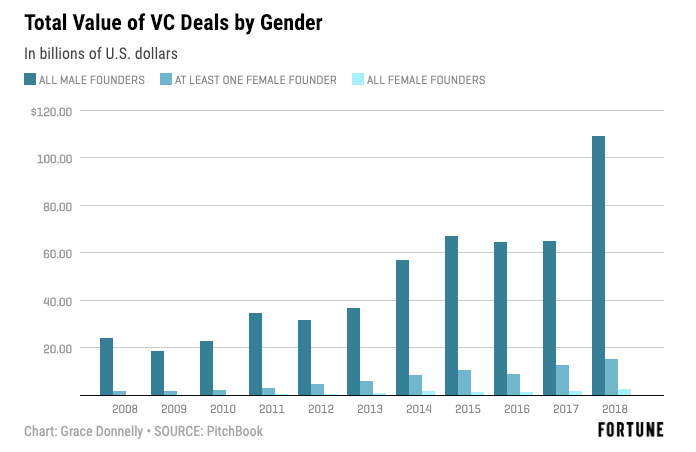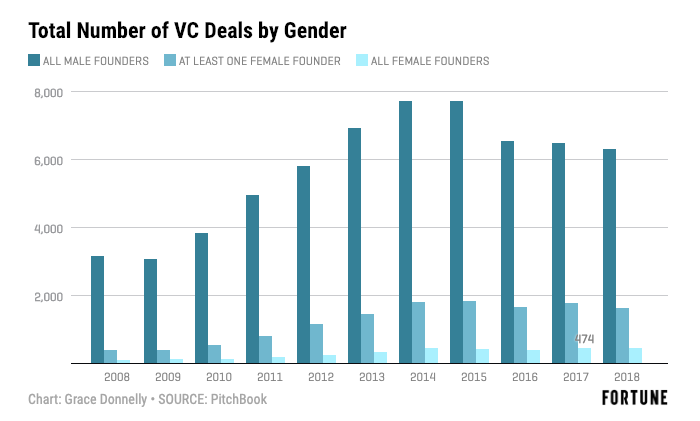A trend we’ve seen in the financing of startups in the last five years is the “SAFE between rounds” which means raising a convertible note (or SAFE) to provide more capital and runway in between financing rounds. It often comes in the form of an offer by an investor who missed the last round and doesn’t want to miss the next round.
It is a tempting offer because there is no immediate dilution from the capital and it usually converts at the next round price or a small discount to it.
Most founders look at the offer and think “why not?”
Here is why you might not want to do this.
The SAFE or convertible note can “crowd out” new investors in the next round and make it very hard to find a lead investor or any high quality investors.
Let’s do some math to show how this happens.
Let’s say you did a seed round of $1mm where you sold 15% of the company and you did a Series A of $3mm where you sold 20% of the company. Your last round valuation was $15mm post-money and you’ve now sold ~35% of the company to investors. These investors will typically have “pro-rata rights” to participate in the next round. Which means 35% of the next round will go to your existing investors.
Let’s say you hope to double your valuation on your next round and raise a Series B at $30mm pre-money or more in a year to 18 months.
Then someone comes along and offers you a $2mm convertible note or SAFE which converts into the next round. You think “free money, that sounds great.”
But if you take the note, then you have a fair bit of the next round already committed for.
Let’s say the next round is $5mm. The existing investors take 35% of $5mm (or $1.75mm), the note takes $2mm, and you are left with $1.25mm to offer a new investor. It is very hard to find a lead investor who will price the round for only $1.25mm of a $5mm round. And if that round is at $30mm pre-money, $35mm post-money, you are only offering that new investor 3.6% of the company which is not a lot.
Let’s say the next round is $7.5mm, a reasonable amount to raise at $30mm pre-money (20% dilution). The existing investors take $2.625mm, the note takes $2mm, and so you have $2.875mm to offer a new investor to lead and price the round. That is a fairly small number as well and would only purchase 7.7% of the company.
You’d have to raise a $10mm Series B before you’d be able to offer a sizable allocation to a new lead if you have 35% of the round committed to pro-rata rights and a $2mm note converting into it. And even then the new investor can only purchase ~11% of the company and the round will be 25% dilutive at $30mm pre-money.
As you can see, taking a SAFE or convertible note between rounds can make it hard to create enough of an allocation in the next round to attract a high quality lead who will price the round.
So, if taking a SAFE or convertible note between rounds is not a great idea, what should a founder do?
I like to see if the investor who wants to do the SAFE or convert is interested in catalyzing a “Series A1” where you take their money and the pro-rata (or slightly more) from the insiders and price it at a significant markup to the Series A. If they are willing to do that, it often is better for everyone to do that.
That tends to be less dilutive, creates even more runway to get to an attractive B round and it avoids the issue of crowding out money in the next round.




